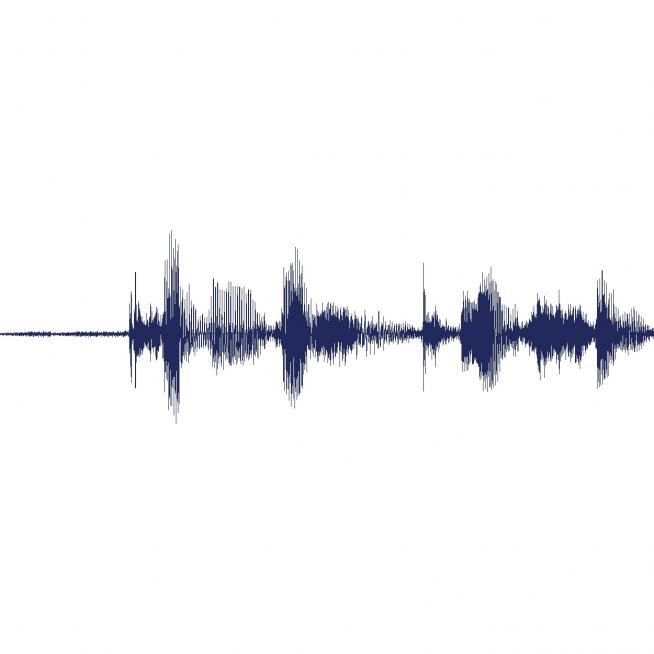
Imagery courtesy of Nicholas Knouf, with audio signal from a recording of Nona Marie Invie.
Can you listen to the same river twice?
Created in collaboration with Molly Reichert, Nicholas Knouf, Jonathan Zorn, and Nona Marie Invie, Can you listen to the same river twice? is a listening station that invites the participant to bring their ear close to the river. By amplifying the water and using its variations to modulate the continuously changing sound, the river tells the narrative. The listener’s sense of hearing is heightened to hear a steel foundry across the shore, a voice singing, a foghorn. Questions take shape: How long is a river? Where does it start? What does it sound like? What is it made of? This listening station invites participants to quiet down along side the river’s edge. To engage in the deep task of listening. To re-position themselves alongside the concrete floodwalls, where they can feel the water passing by. To feel their own solidity and temporality near the river that is constantly leaving us, but has been here all along.
—
What does it mean to listen to a river? Sitting at Lambert’s Landing, the City of Saint Paul’s Port of Call along the Mississippi, one can hear a myriad of sounds. Traffic over the Robert and Lafayette Street bridges makes a constant hum. Across the water, against an embankment of barges, birds that sound like seagulls swoop up and down, creating a sonic confusion—is this an ocean? An airplane rumbles overhead, and hushed voices along the walkway linger in the air.
In the middle of all this, an inaudible river drifts past as it always has.
Monica Haller’s installation can you listen to the same river twice? is designed to focus our aural attention on an omnipresent feature of the Twin Cities, a historic body of water that few of us engage with directly. On the concrete pad of a working port she places individual wooden decks complete with sound jacks and headphones. These structures, designed by architect Molly Reichert, invite us to adjust the position of our bodies to better concentrate on the task of listening. In the darkness of night, this shift from vertical to horizontal opens up a sensibility—disempowering the sense of sight to privilege that of hearing. Reclining on these chairs, we physically bend an ear closer to the river.
A hydrophone floating just under the surface of the water below the landing collects sounds that are live-mixed by Jonathan Zorn with prerecorded samples such as a foghorn in Louisiana or a river song from decades ago. Sourced from the river’s varied histories and its material essence, this soundscape collapses distance and time, bringing together the noises of a waterway that is 2,530 miles long, many cultures wide, and over a hundred thousand years old.
Over geologic time what we now call the Mississippi River has changed course in dramatic ways. Its modern forces of alteration are human-engineered dams and locks. Despite its mutable nature, we perceive the river as a constant: it has always been here and always will be. The river holds a curious contradiction—it is permanent but always new. The water rushing by creates a sound that the hydrophone captures and is on its way to the other end of the great river road by the time the soundtrack streams through the headphones.
This is what we hear over the course of one night—the ever-changing sound of an always-present river that is never the same twice.
— Sarah Peters
Created in collaboration with Molly Reichert, Nick Knouf, Jonathan Zorn, and Nona Marie Invie.



